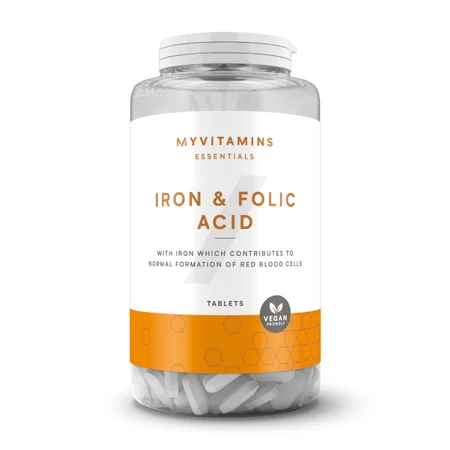Our Sustainability Pledge: Reducing Carbon & Energy

At our company, we are committed to sustainable production practices and minimizing our environmental impact. As part of this commitment, we have taken significant steps to manage our carbon footprint. In 2020, we implemented measures to reduce our emissions and are proud of the progress we have made so far. We will continue to prioritize sustainability in our operations and work towards a more sustainable future.
Why Are Carbon Emissions And Why Do They Matter?
Increased carbon emissions are the main cause of climate change. This has several impacts on the planet, including:
Extreme weather conditions - The warming of the global temperature brings weather events such as tropical storms, heat waves and droughts.Changes to animal habitats – More carbon in the air can restrict plant growth, affecting both animal habitats and human food sources.Impacts to human health – Carbon emissions can increase smog and air pollution. This can result in the onset of respiratory problems in humans.
What’s Next?
Reducing Your Own Carbon Footprint
So, now you know about our commitments to reducing emissions and energy, what can you do to manage your own carbon footprint?

1. Diet
2. Transport
Most of us know that using public transport is better for the environment than driving, but there’s lots more we can be doing to reduce our carbon emissions daily.
If you need to travel by car, ensuring it’s fuel efficient and well maintained is essential. Carbonfund.org reported that suitably inflated tyres can save between 400 to 700lbs of carbon dioxide per year. Similarly, how you drive is important too. Slower, smoother driving produces less gas than rapid acceleration, and it’s safer too. 3
3. The 3 R’s
Following the 3 R’s can help you make easy daily changes to reduce your carbon footprint:
Reduce – The simplest way to reduce waste is to not produce it. Changing your shopping habits can help with this. For example, avoiding over packaged products, choosing sustainably conscious brands or buying in bulk. Reuse – Try to reuse your ‘waste’ products where you can. You could switch to a reusable coffee cup rather than paper ones or take your own bags shopping rather than buying plastic ones each time. Recycle – Check which materials your local recycling centres will take and start collecting them. As well as recycling your own waste, try to purchase products made from recycled materials. 4










